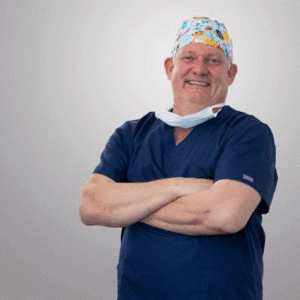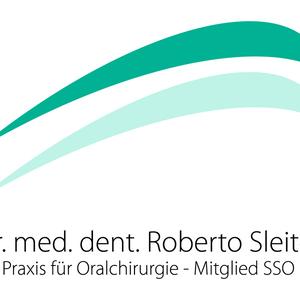Real-world study with 1000 patients treated with gradually anodized surface implants: Initial results
Introduction
Gradually anodized implant surface is characterized by a moderately rough apex and a minimally rough collar designed to promote early osseointegration, limit peri-implantitis, and facilitate cleaning in case it occurs.
Aim: To evaluate the clinical performance of TiUltra in a large-scale prospective real-world data (RWD) collection from routine clinical practice and a diverse population of consecutive patients with varying comorbidities and demographics, not subject to the strict eligibility criteria nor a specified protocol typically followed in a clinical trial.
Key Results
‒ Enrolled in routine clinical practice from a diverse population not subjected to the strict eligibility criteria, this real-world study included patients with varying comorbidities. Of the 1027 patients, 77 (7.5%) were nicotine users, 42 (4.1%) had parafunctional tendencies, 85 (8.3%) had a history of periodontitis, 15 (1.5%) of peri-implantitis, 18 (1.8%) of severe oral mucositis, 23 (2.2%) diabetes, and 59 (5.7%) other significant diseases including osteoporosis, took bisphosphonates, or had various cancers (but no oral cancer).
‒ Of the 1391 implants placed in 938 treated patients, 14 failures occurred during the 0-22.8 months of follow-up.
‒ At prosthesis delivery, 99.9% of sites had no or only mild inflammation.
Citation
Presented at the European Association for Osseointegration (EAO) and 37th German Association of Oral Implantology (DGI) Joint Meeting, September 28-30, 2023.
Roig, M. R., Fabbri, G., Staas, T. et al. (September 2023) EAODGI2023-598/PO-PIB-027 |. Real-world study with 1000 patients treated with gradually anodized surface implants: Initial results. E-Poster. Clin Oral Impl Res; Vol 34 (S27); 167-168 DOI: 10.1111/clr.14162
References
1. Milleret V, Lienemann PS, Gasser A, Bauer S, Ehrbar M, Wennerberg A. (2019) Clin Rational design and in vitro characterization of novel dental implant and abutment surfaces for balancing clinical and biological needs. Implant Dent Relat Res. Mar;21 Suppl 1:15-24
Authors














